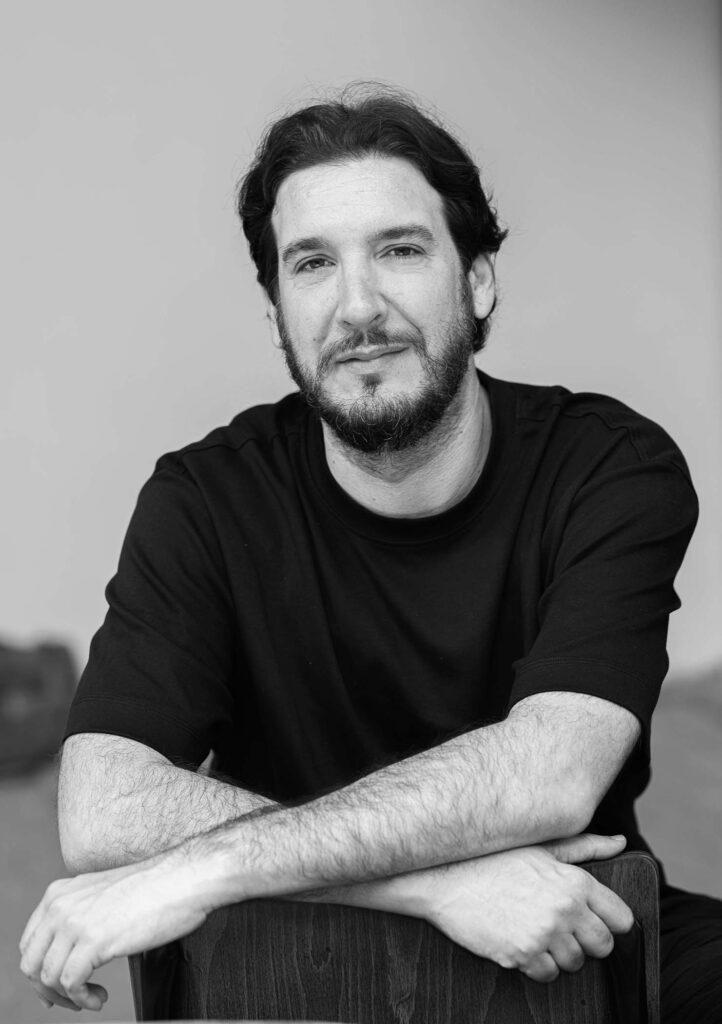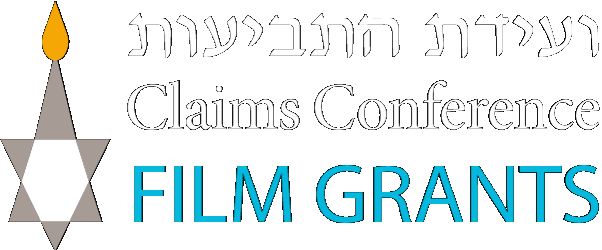
The Dead Will Not Die A Second Time (Narrative)
About the Director
Eyal Datz is a documentary director and producer whose films have screened at festivals worldwide, specializing in themes of the Holocaust, memory, religion, and Jewish identity. Recent works include the web series “Press Start” (2025) and “Something Spicy” (2021) – one of the most-watched documentaries on Israeli Public Broadcasting Corporation platforms.
He is the producer of international co-productions including Thai documentary “Failing Forward” (Paralympic Games) and Israeli-French “Ritual” (October 7th events). Eyal also worked as a content editor of the documentary series ‘Rabenu’, which tells the story of Rabbi Nachman and Breslov Hasidism
Notable works include “Hidden Face” (2018), exploring the Holocaust survival story of the Sanzer-Klausenberger Rebbe and the rebuilding of his Hasidic dynasty, addressing theological questions about the Holocaust and Haredi attitudes toward its memory. “Tomorrow’s Gone” (2020), which premiered at Krakow Film Festival, while “Ten Days in October” (2020) was nominated for Best Research Award.
Eyal is experienced in youth education, working with at-risk Jewish and Arab youth through documentary filmmaking.
Synopsis
In April 1946, two Jewish guards mysteriously disappeared from the Landsberg Displaced Persons camp in Germany. The incident triggers collective traumatic memories among Holocaust survivors, erupting into unprecedented violent riots. These events lead to a publicized trial of 20 Jews, exposing their traumas and pain. The story unfolds through the Zionist emissary Chaim Avni, who came to Germany to report on displaced persons camps but finds himself torn, witnessing liberation’s complex aftermath and questioning justice versus revenge.
Director’s Statement
Very few cinematic works have explored the displaced persons camps of post-war Europe—that liminal space between survival and rebirth where 250,000 Jewish refugees found themselves after liberation. This untold chapter has a personal connection for me: My grandmother was in such a camp in Cyprus, yet she never spoke of it. Paradoxically, I heard more about her time in Auschwitz. What happened immediately after liberation? How do you emerge into a world almost destroyed? These questions led me to explore this subject.
I first personally encountered the untold story of displaced persons camps while working on my film “Hidden Face.” There, I discovered the activities that took place in these camps and their nature as a period of return to life for many, yet a time of decline and darkness for many others—a struggle between two psychological forces.
“The Dead Will Not Die A Second Time” emerged from this gap. Based on the diaries of Chaim Avni, a Zionist emissary, and real events from 1946, the film delves into the Landsberg displaced persons camp, where hope for new life constantly collided with the trauma of the past. The mysterious disappearance of two young Jewish guards ignites a collective traumatic memory, leading to violent riots and a tragic confrontation between survivors and their supposed liberators.
The film’s animation reflects this collision through two contrasting styles: expressive charcoal for traumatic memory and archival photography-inspired imagery for testimony. These styles clash violently, creating “glitches” where reality breaks under memory’s weight.
The film deliberately leaves the guards’ disappearance unresolved, echoing questions about collective trauma and revenge. The 1946 riots were about accumulated rage at a world that had failed repeatedly. The survivors’ cry, “We have nothing to lose! The dead will not die a second time!” echoes questions about justice and revenge. The film asks whether trauma can be healed without perpetuating new cycles of pain—questions that I and many others grapple with even today.
After years of documentary filmmaking, this marks my first narrative work. I hope to successfully convey the themes that deeply interest me and their urgent relevance to our present moment.
